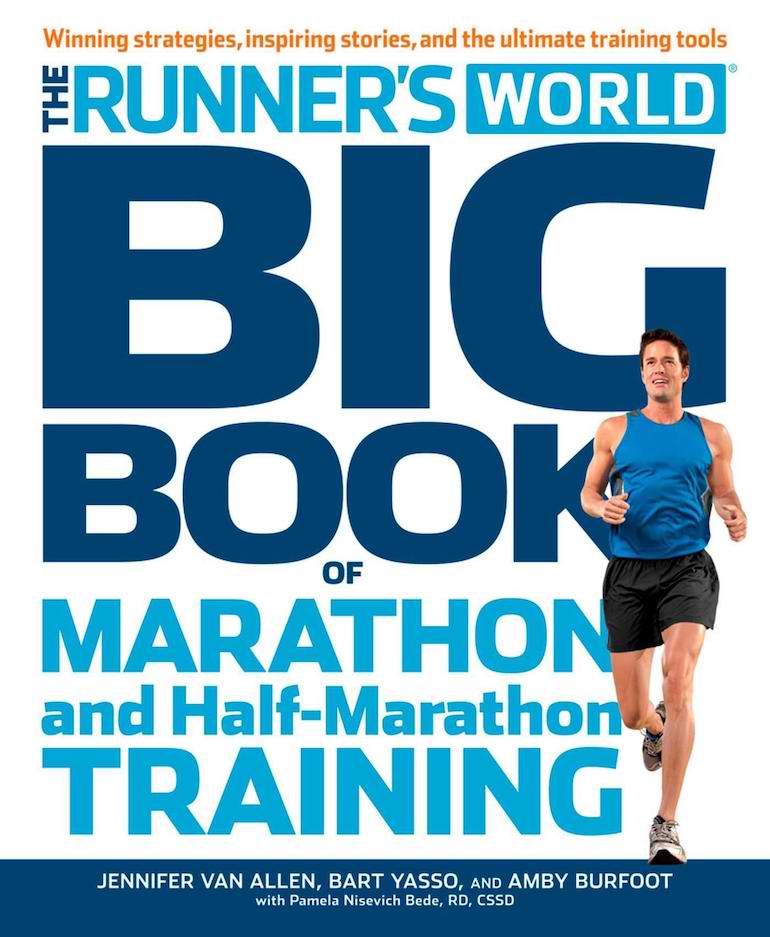With the right kind of alternative training and the right attitude, it is possible to maintain and even improve your fitness even when you are injured. Even otherwise, it can be wise to prevent injuries by planning a few alternative sessions, mainly to replace the recovery sessions during the week. However, the problem that most runners have is that running is what feels fun to do and other types of training are therefore carried out half-heartedly and with poor focus.
I have often done only alternative training during periods of injury. Like most other runners, I can’t really say that I enjoy alternative training. I have always had trouble motivating myself to do really hard workouts on the spinning bike, cross trainer or in the swimming pool. It has mostly been counting minutes in the hope that the session will soon be over.
But by running the alternative workouts with the right focus, I have noticed that it is actually possible to achieve a really good effect. The main thing is that you should do them hard enough and with an effort equivalent to that of a quality running session.
The main reason why alternative workouts tend to be ineffective is that they are done at too low an intensity.
The Runner’s World Big Book of Marathon also cites the fact that most runners do not train hard enough during their alternative sessions as the biggest mistake made during these sessions. Part of the reason, according to the authors, is that runners like to run first and foremost and therefore get bored and frustrated when trying to run hard alternative sessions.
Another reason is the habit of using alternative training methods, which makes it difficult to get the right feeling in training.
Therefore, the tip is that you should try to focus on getting better at one form of alternative training such as spinning rather than doing e.g. skiing, spinning and water running all at the same time. By focusing on one form of alternative exercise, you develop the muscles needed for that particular type of exercise, which makes it much easier to reach and especially maintain the right level of effort to develop endurance.
The above is pretty easy to agree with when you really think about it. One would think that it is good to get a diverse base of alternative training to activate many different muscle groups.
This can certainly be good if you don’t have any particular performance goals in mind for the foreseeable future. However, those who primarily aim to carry out training sessions that develop them as runners should primarily aim to reach the right heart rate levels.
In many cases, it is wise to focus on only one alternative form of training for best results.
Anyone who only sporadically performs a form of exercise surely knows how tough it can be to perform a good workout when you have been doing it for a while. It is often the case that instead of just focusing on maintaining a high intensity, you have to focus on technique and how to avoid lactic acid in certain unfamiliar muscle groups. Therefore, it is almost impossible to maintain a high heart rate for a long time if you are not used to a certain type of exercise.
Therefore, if you want to develop your fitness and endurance, it may be best to have only one alternative form of exercise that you focus on in addition to running.
The main problem when planning an alternative workout is knowing how to carry it out because it is impossible to directly transfer the speeds and kilometers carried out on these to those carried out during a running session.
Also in this respect, the above-mentioned book offers a fairly good example of how to carry out a training session that is fairly close to what could be done by running.
When doing alternative training, you should focus on making your training as similar to running as possible if you want to progress.
If you do your alternative workout on the exercise bike, for example, there are three things you should focus on. Firstly, you should make sure to keep up a hard enough pace. Instead of having too much resistance, you should rather focus on having a high enough frequency with at least 100 pedal revolutions per minute. This would correspond, according to the book, to the approximately 180 steps/minute that is often sought in running.
The second is the length of the intervals. If you replace running intervals with intervals on the exercise bike, you can have as a guideline to run the intervals for as many minutes as it would take to do the same with running.
If, like me, you run 10×1000 m. in about 3:25-3:35, you can aim to run the same length of intervals as you run on the exercise bike if you are aiming for the same effect with the workout.
The third thing to keep in mind is the length of the session. Very few people can keep going for very long on an exercise bike. Especially if you go at a good pace. The most typical is to run a spinning session of around 35-40 minutes at a fairly good pace and then settle for that. However, if you want to get the right effect with regard to your running, you should strive to achieve about as many minutes of training as you would have had during your running session.
When talking about alternative training, you should remember that nothing compares to real running in the long run. But in cases where you have no other option, the above mentioned are some really good tips to make your alternative training more effective.
Best alternative forms of exercise to running
If you are injured and cannot run, there are several alternative training options that can help you maintain your fitness or even improve. Here are some of the best alternative training options:
- Swimming: Swimming is a low-impact form of exercise that can help you maintain your cardiovascular fitness without stressing your joints. It’s a great option for people with injuries that affect their ability to run or do other high-impact exercises. Especially if you are good at swimming, this is an effective and fun way to maintain fitness.
- Water running: If you are not a swimmer like me, I can recommend water running as an alternative. Buy a good water running training belt so that you can focus entirely on running in water. The big advantage of water running is that you can simulate running without putting any strain on your legs.
- Cycling: Cycling is another low impact exercise that can be a good alternative to running. You can cycle indoors on a stationary bike or outdoors on a regular bike. Cycling can help you maintain your cardiovascular fitness and build bone strength.
Spinning is a really effective alternative form of exercise that I’ve been doing whether I’ve been injured or not. It builds leg strength in a way that benefits running and provides a more powerful stride. - Strength training: Strength training can be a great way to build muscle and improve your overall fitness. Focus on exercises that target the muscles not affected by your injury. For example, if you have a knee injury, you can still work on your upper body strength.
Strength training is something you should also do for injury prevention purposes. One muscle group that many runners forget about is the buttocks. These muscles are extremely important for an efficient running stride. Also make sure to keep your core strong. - Yoga: Yoga can be a great way to maintain your flexibility and improve your overall fitness. There are many different types of yoga, so you can choose exercises that suit your needs and abilities.
At the same time, this gives the necessary flexibility to your stride. If you don’t want to do yoga, I recommend doing deep stretching at least a couple of days a week, focusing on breathing. The closer I get to racing, the more I focus on stretching. But in order to enjoy the training as much as possible, it would be good to add focused stretching to the program at regular intervals during the week.







